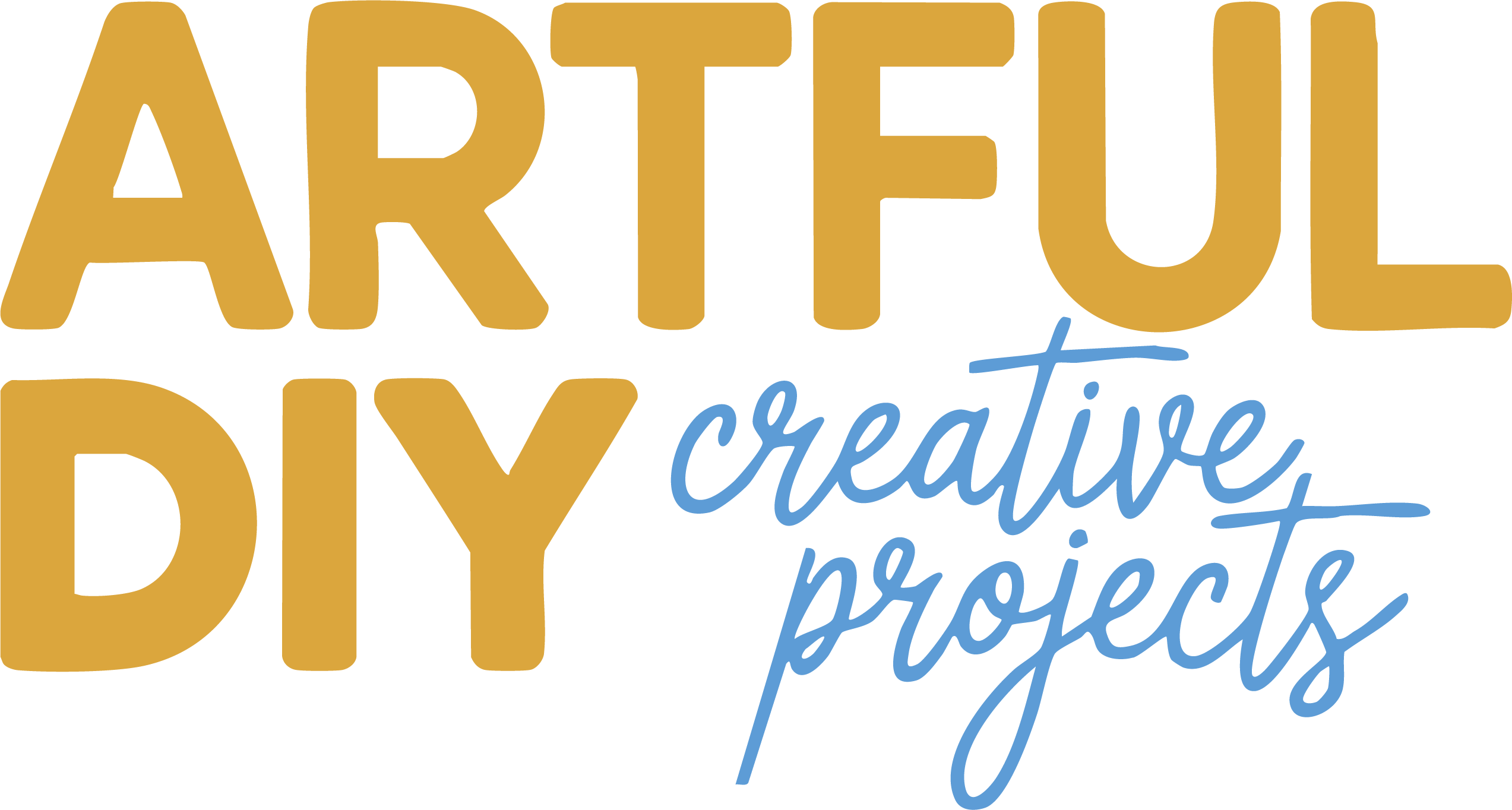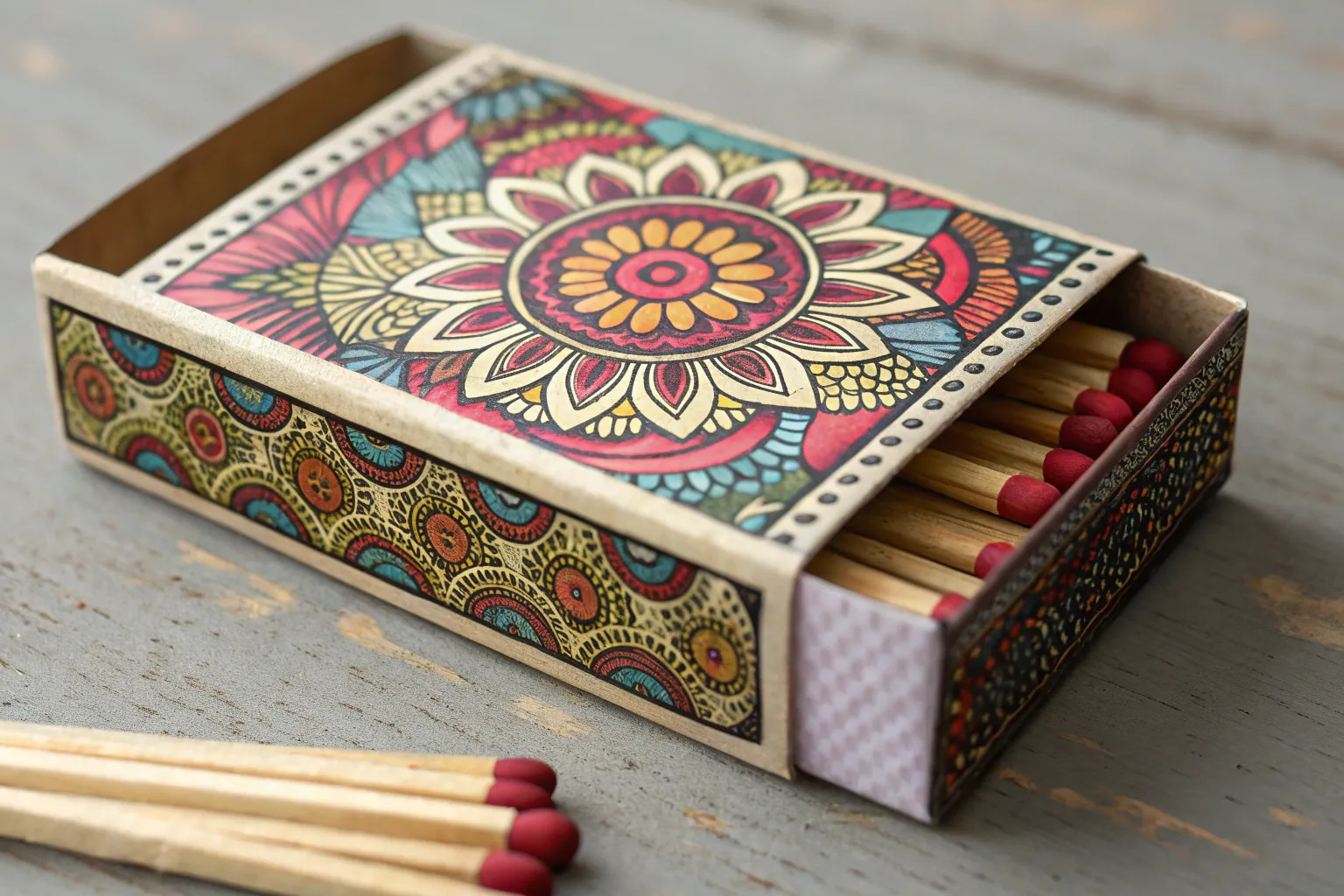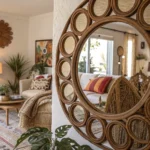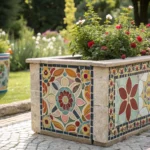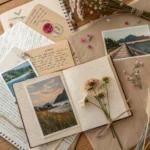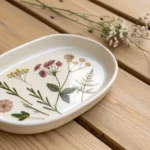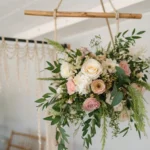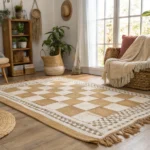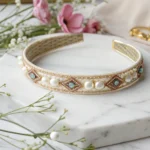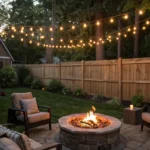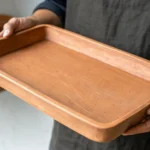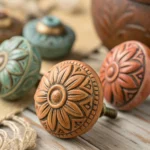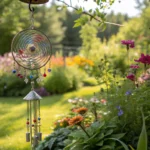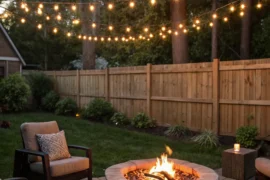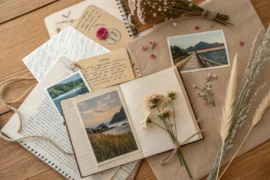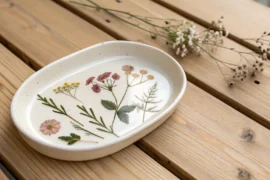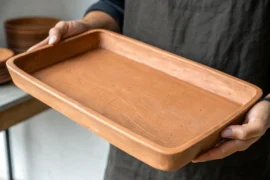Transform the humble matchbox from a utilitarian necessity into a sophisticated design element that elevates your home’s aesthetic. When styled thoughtfully, these small objects become powerful decorative accents that reflect your personal taste while adding functional beauty to your living spaces.
Understanding the Matchbox Design Renaissance
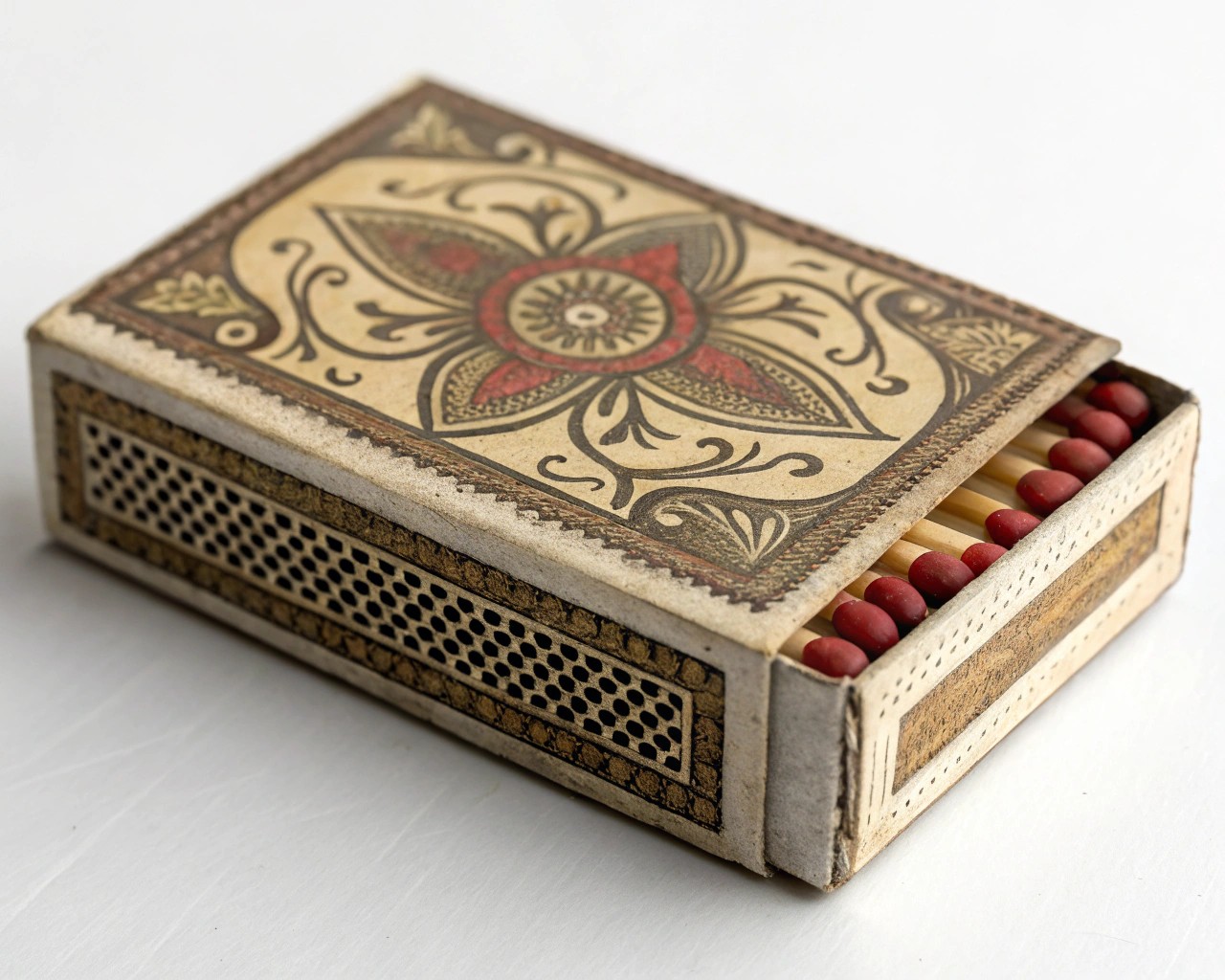
The resurgence of interest in decorative matchboxes reflects our broader cultural shift toward appreciating handcrafted details and vintage aesthetics. Contemporary interior designers are increasingly recognizing that small decorative objects—when chosen and displayed with intention—can create significant visual impact. This trend has gained particular momentum in 2025, with custom matchbook art generating substantial commercial interest and luxury artisanal matches becoming coveted home accessories.
I’ve observed that the most successful matchbox styling occurs when homeowners move beyond purely functional thinking and begin considering these objects as miniature canvases for personal expression. The key lies in understanding how scale, color, and material choices can transform everyday items into statement pieces.
Essential Materials and Tools for Success
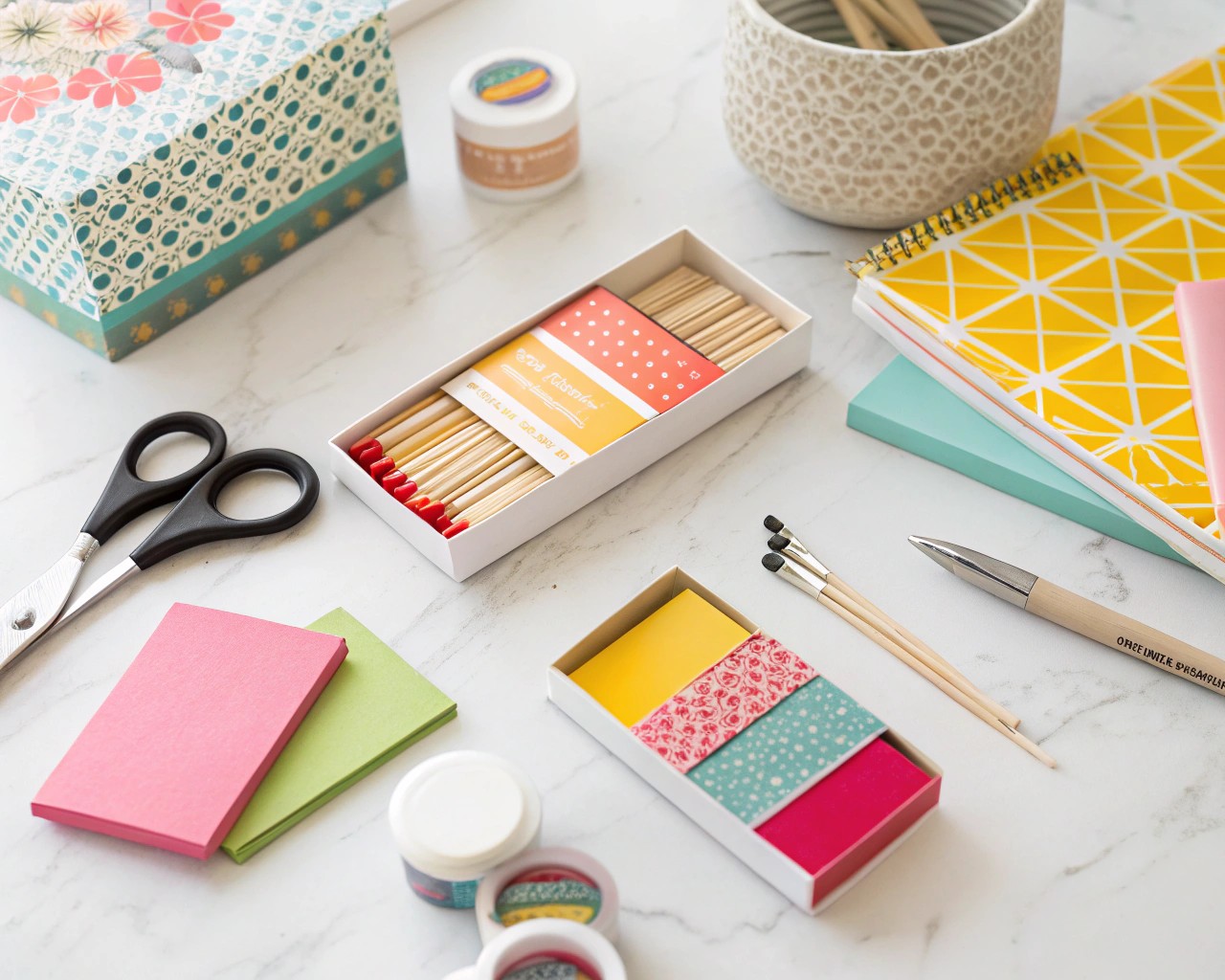
Creating professional-quality decorative matchboxes requires specific materials that ensure both aesthetic appeal and durability. Your supply foundation should include high-quality decorative papers—wrapping paper, wallpaper samples, or premium scrapbook papers work exceptionally well.
Core Materials:
- Large kitchen matches or long fireplace matches for better visual impact
- Mod Podge or high-quality white craft glue for adhesion
- White acrylic craft paint for covering existing branding
- Sharp scissors or rotary cutter for precise cuts
- Fine-grit sandpaper for surface preparation
- Protective clear sealant for durability
Advanced Materials:
- Washi tape varieties for geometric patterns
- Vintage ephemera, maps, or sheet music for unique textures
- Fabric scraps for tactile interest
- Metallic leaf or paint for luxury finishes
- Natural elements like pressed flowers or leaves
The quality of your materials directly correlates with the professional finish of your final product. Investing in archival-quality papers and adhesives ensures your decorative matchboxes maintain their appearance over time.
The Classic Decoupage Technique
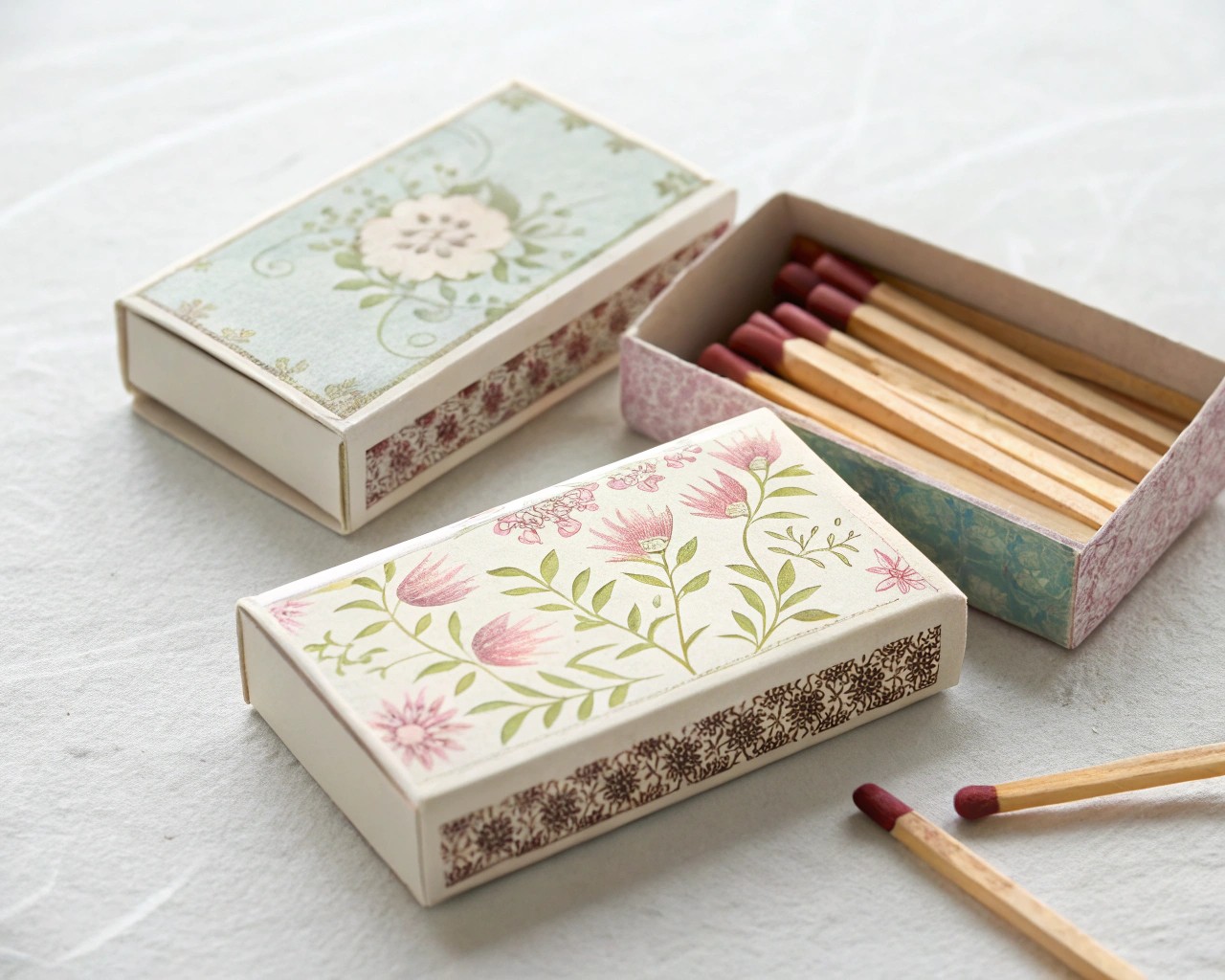
Decoupage remains the most versatile and forgiving technique for matchbox transformation. This method allows you to achieve gallery-worthy results regardless of your artistic skill level.
Step-by-Step Process:
-
Surface Preparation: Begin by lightly sanding the matchbox surface to improve adhesion. If the original branding is dark or prominent, apply a thin coat of white acrylic paint and allow to dry completely.
-
Pattern Planning: Measure your matchbox carefully and create a paper template. Remember to account for the striker strips—you’ll want to avoid covering these functional elements.
-
Paper Application: Cut your decorative paper with 1/4-inch excess on all sides. Apply Mod Podge evenly to the matchbox surface, then carefully position your paper, smoothing from center outward to eliminate air bubbles.
-
Edge Finishing: Fold excess paper around edges, creating crisp corners. For cylindrical matchboxes, use the pleating technique—press small folds toward the center while maintaining tension.
-
Sealing: Apply two thin coats of Mod Podge over the entire surface, allowing complete drying between coats. This creates a protective barrier against moisture and handling.
The decoupage technique works particularly well with botanical prints, vintage maps, and geometric patterns. I recommend testing your color combinations first—certain paper types may become transparent when adhesive is applied.
Advanced Styling Approaches
Botanical Luxury
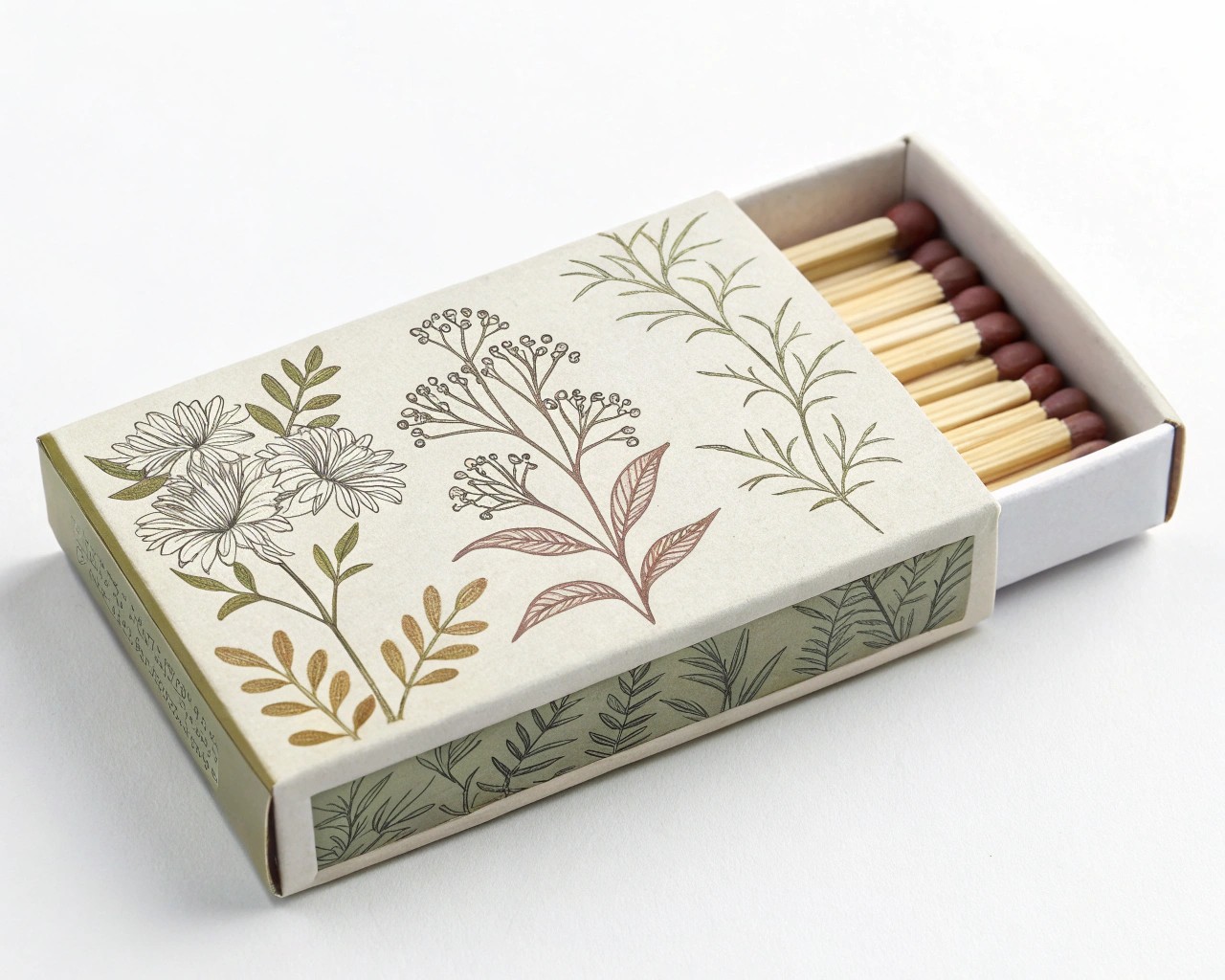
The botanical theme represents one of 2025’s strongest interior design trends. Create sophisticated matchboxes using pressed flower motifs, vintage botanical illustrations, or contemporary plant photography. This approach works exceptionally well in kitchens, dining rooms, and powder rooms where natural elements enhance the overall ambiance.
Technique Enhancement: Layer different botanical elements for depth—begin with a solid background color, add larger leaf shapes, then incorporate smaller floral details as accent elements.
French Hotel Elegance
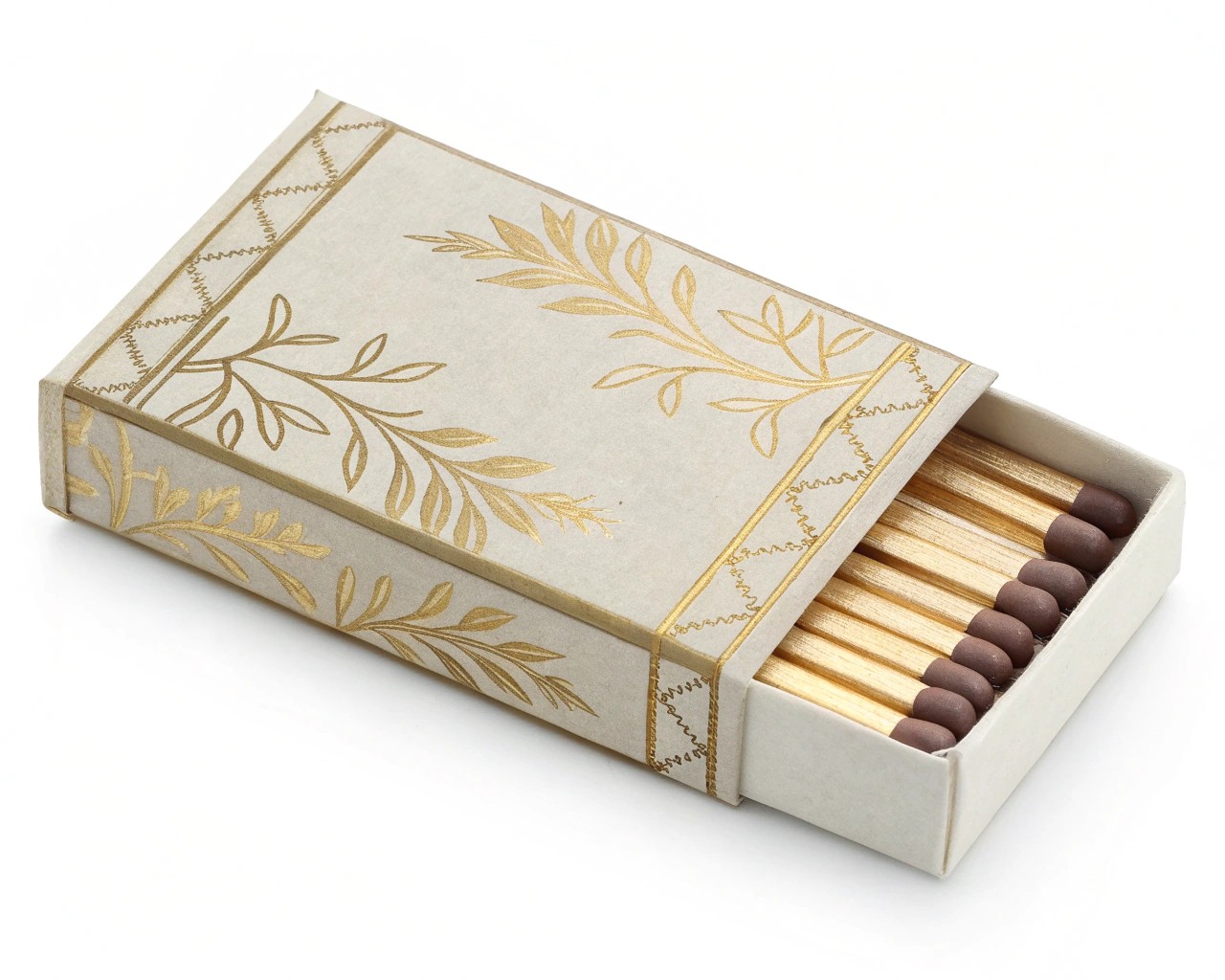
Minimalist luxury inspired by high-end European hospitality creates timeless appeal. This approach emphasizes clean typography, neutral color palettes, and premium materials. Use cream, sage, or soft gray papers with gold foil accents for sophisticated results.
Professional Tip: Source hotel-weight cardstock or linen-textured papers for authentic luxury feel. The investment in premium materials pays dividends in final presentation quality.
Custom Matchbook Art
The trending custom matchbook aesthetic—generating significant commercial success in 2025—translates beautifully to home decor applications. This style incorporates personalized graphics, meaningful dates, or location-specific imagery that tells your personal story.
Create themed collections representing favorite restaurants, travel destinations, or significant life events. This approach transforms functional objects into conversation pieces that reflect your unique experiences and aesthetic preferences.
Strategic Display and Styling
Coffee Table Sophistication
Coffee table styling represents the most impactful application for decorative matchboxes. Position 2-3 matchboxes of varying heights and complementary designs alongside coffee table books, small plants, or decorative objects. This creates visual layers while maintaining functionality for candle lighting.
Styling Formula:
- Odd numbers create more dynamic visual interest
- Vary heights using different matchbox sizes or small stands
- Maintain color harmony with existing decor elements
- Leave adequate negative space to avoid cluttered appearance
Gallery Wall Integration
Small-scale gallery walls incorporating framed matchbox designs create sophisticated focal points. This approach works particularly well in hallways, powder rooms, or dining areas where intimate scale enhances the viewing experience.
Frame individual decorative matchboxes in shadow boxes or display multiple designs in a single large frame with mat divisions. This technique elevates humble materials to art status while creating meaningful personal collections.
Kitchen Counter Functionality
In kitchen environments, decorative matchboxes serve dual purposes—aesthetic enhancement and practical utility for gas ranges or candle lighting. Display them alongside other artisanal items like ceramic canisters, wooden cutting boards, or vintage scales to create cohesive vignettes.
Consider creating seasonal rotations—lighter, botanical themes for spring and summer, richer colors and textures for fall and winter. This approach keeps your kitchen styling fresh while maintaining the functional benefits of readily accessible matches.
Professional Finishing Techniques
Edge Treatment
Precise edge finishing separates amateur from professional results. For rectangular matchboxes, create hospital corners by cutting paper at 45-degree angles where edges meet. This eliminates bulk and creates clean, geometric lines that enhance the overall sophisticated appearance.
Surface Protection
Apply thin coats of acrylic sealer designed for decorative finishes. This protection layer prevents moisture damage, extends the life of your decorative treatment, and allows for gentle cleaning when necessary.
Hardware Consideration
For matchboxes you’ll handle frequently, consider adding small felt pads to the bottom surface. This prevents scratching of delicate furniture finishes while adding a professional touch that demonstrates attention to detail.
Troubleshooting Common Challenges
Paper Bubbling: Usually indicates inadequate surface preparation or excessive adhesive application. Sand lightly and reapply with thinner glue layers.
Edge Lifting: Often results from insufficient drying time between coats. Allow 24 hours between major steps for optimal adhesion.
Color Bleeding: Some papers contain dyes that migrate when moisture is applied. Test all materials on scraps before committing to final pieces.
Seasonal and Thematic Collections
Develop rotating collections that reflect changing seasons or special occasions. Spring collections might emphasize fresh florals and light colors, while winter versions could incorporate rich burgundies, deep greens, or metallic accents.
This approach keeps your interior styling dynamic while maximizing the investment in materials and time spent on creation. Store off-season collections in labeled boxes to preserve their condition and make rotation effortless.
The transformation of matchboxes into interior statements represents a perfect intersection of functionality and aesthetic expression. By applying these professional techniques and design principles, you’ll create distinctive decorative elements that reflect your personal style while enhancing your home’s overall sophistication. The key lies in viewing these small objects not as afterthoughts, but as opportunities for creative expression that contribute meaningfully to your interior design narrative.
